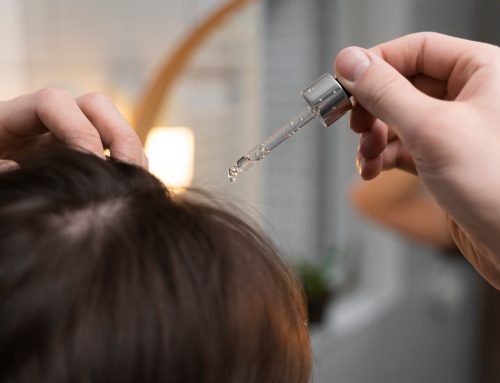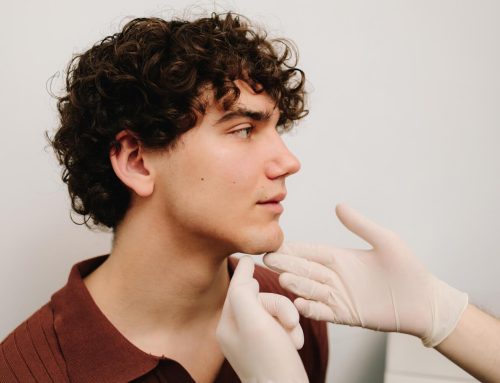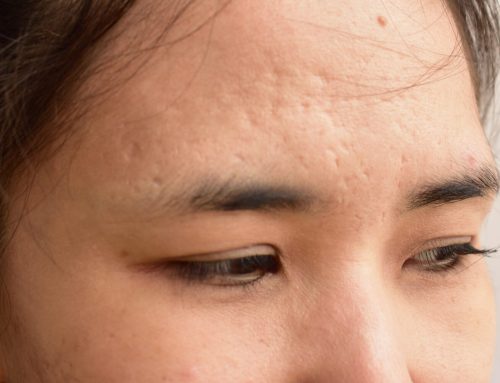There is considerable evidence that the levels of various trace elements are decreased in acne patients. Trace elements are those metals that are necessary in small doses for certain enzymes to work in the body.
A few years ago, it was discovered that the levels of Zinc and Copper are reduced in patients with acne. They began to investigate how relevant this could be. The enzymes influenced by these oligoelements are essential for the correct functioning of two systems that reduce the oxidation level of the organism. The greater the oxidation, the greater the inflammation, the greater the number of pimples, the more swollen, red, inflamed, large and with a greater risk of ending up in the formation of a scar. This is why it is important that patients suffering from acne, an obstructive problem of the sebaceous gland, may reduce oxidative levels and have less inflammation.
Zn and Copper are coenzymes of two very important mechanisms that fight against oxidation in the body and skin: SUPER OXIDE DISMUTASE (SOD) and GLUTATHIONE REDUCTASE (GSR). If there is not enough copper and zinc, these enzymes do not work well. Several studies have measured how much Zn and Copper there is in patients with Acne. The most interesting thing is if the average levels of Zinc in a normal person are 189, in a patient with acne they are 150. The normal levels of Copper in a normal person are 77 while in a person with acne they are 55 Another very interesting finding is that the ratio between Zinc and Copper is significantly reduced in people with acne, which means that proportionally what the body misses the most is Zinc to start the anti-oxidative mechanisms.
Niren et al., in a study carried out in the University of Pittsburgh and published in Cutis Journal in 2006, showed that acne could be improved simply with small doses of Copper and Zinc. The study included 198 students with acne who underwent two different types of treatments. One group took small supplements made up of 750 mg of Nicotinamide, 25 mg of Zinc and 1.5 mg of Copper and 500 micrograms of folic acid and the other group took the classic antibiotics for acne. It turned out that the first group improved just as much as the first. Taking into account that antibiotics destroy the intestinal microbiota and increase stress and inflammation levels, increase the risk of colon and breast cancers, produce resistance and stain the organs, the current trend among dermatologists around the world is to use other more natural treatment methods.
The findings above confirm that the problem of acne is much more about how the skin manages its level of inflammation rathe than the infection suffered by the sebaceous gland. In addition, it allows us to consider many more natural ways for the treatment of acne.



